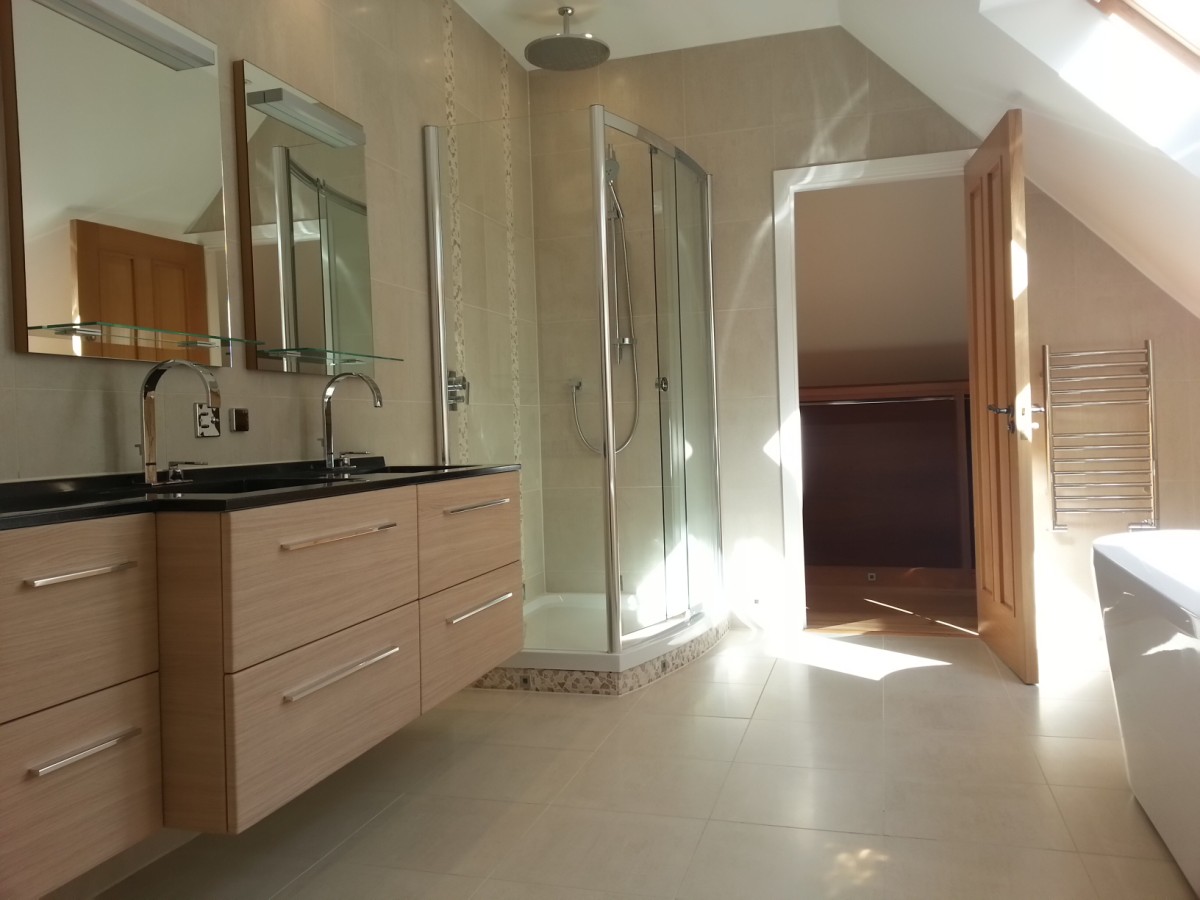Checking Tenants In & Out
When you rent out a property two vital stages in the process are when you check-in your tenants at the start of the tenancy and check-out at the end.
Preparation is the key to a trouble free let. When you prepare properly you are carrying out management processes so that nothing is left to chance or forgotten and you are building up a set of documentary evidence in case things go wrong.
There’s a lot to remember at check-in, so without a proper checklist you are almost certain to overlook something important. Once the tenant is in the property it’s often too late – you don’t get a second chance, so you must get everything right first time.
You should always try to complete the check-in and check-out process at the rental property with the tenant/s present. That way everything can be agreed on the spot and all the documentation completed and signed there and then.
Make sure the property has been properly prepared and that nothing is left still to be done, which would give tenants an excuse not to sign the inventory. Make sure all alarms are working and any batteries have been replaced as necessary.
Never allow tenants into a property (hand over keys) until everything is signed-up and completed, and the deposit and the first month’s rent has been paid.
The Inventory
Either before or at the check-in an inventory must be prepared and agreed between the parties. Whether this is done by the landlord, the agent or an independent inventory clerk (the preferred option) it must be comprehensive, unbiased and to a good professional standard.
Good inventories usually include photographs, a full written report of condition (schedule of condition) and signed and agreed by landlord / agent and tenant/s. Without this your chances of a claim against the deposit are virtually nil.
A good inventory includes:
– Date and full names and addresses as per the letting agreement
– A thorough going list of interior and exterior condition: contents, décor, fixtures and fittings, all appliances.
– Meter readings, alarm checks and codes, equipment serial numbers, a full list of keys etc.
– Full report with either embedded photos or separate photos all referenced to the report sections, dated and signed on the back individually by the tenant/s.
– Inventory signed by all parties – and initialled on every page of the report.
The Check-In
By the time you get around to the check-in your will have completed a thorough tenant screening process: tenancy application form, credit checks and referencing and you will have prepared your AST letting Agreement.
All ingoing tenants should be present at the rental property for the check-in so that everything is agreed and signed at one go.
If the tenant cannot be present, it is important you go through the process with someone independent of the letting and allow the tenant/s to review the documentation, agree and sign it before handing over keys.
You should walk around the whole property, inside and outside with your tenant/s to make sure they agree with the inventory and condition statements and you can discuss anything which is not clear to them. You can explain the condition of items stated in the report and make sure the tenant/s is aware of what is expected of them during the tenancy.
Go through the checklist with the tenants making sure they understand and agree at every stage:
– Meter readings
– Test alarm settings, batteries and codes
– Keys and locks
– Stop taps, isolator switches and fuses
– All appliances working – make sure you supply all safety instructions
– Sign up the inventory and tenancy agreement and take the deposit and first month’s rent.
See our Check-in Check-out Checklist for a full list of items to check.
Your tenancy agreement should provide the tenant with details of the Tenancy Deposit Protection arrangements and confirm that the deposit will be protected within the 30 day statutory protection period in whichever scheme you have selected.
Make sure that your agreement spells out the reasons why a deposit may be withheld at the end of the tenancy, usually if tenants: (1) cause damage in the property, (2) leave the place needing extensive cleaning, (3) leave possessions in the property which need expensive removal, or (3) leave owing rent.
You should provide contact details so that the tenant can get in touch if they have any initial problems.
Mid Tenancy Inspections
The Mid-tenancy Inspection takes place at an agreed interval during the tenancy. This is usually after the first 3 months and then every 6 or 12 months after that.
Landlords and Agents find these interim inspection visits helpful to monitor the lifestyle of the tenants and the condition of the property and helps in deciding whether to offer an extension of a tenancy. Make sure you give at least 48 notice of a visit and visit at a convenient time for the tenant/s.
However, not all private landlords do this, preferring to keep the monitoring low key; after all tenants sometimes view these inspection visits as intrusive and patronising. Often inspection opportunities will arise naturally when tenants request minor repairs or visits for any other problems they may have.
It is still a good idea to monitor the tenancy carefully by keeping a careful observational watch out for any unauthorised occupiers and pets, rubbish build-up and garden maintenance.
The Check-Out
Once the tenant gives notice you should make sure you have this in writing. You should then write to your tenants with a Move Out Letter. This will spell out what is expected and the condition you require the property to be left in with reject to the inventory: clean and tidy, no items left behind, no piles of refuse etc.
Explain that a full check-out process will be followed and that the tenant/s should be present to sign this off.
Use the original Check-in, Check-out Checklist and the inventory to go through the property with the tenant/s making sure you assess and check everything.
Pay attention to cleanliness, damage, cleanliness, any missing items, paths and gardens, any items left behind, all keys and meter readings, taking into account fair wear and tear.
For more on fair wear and tear see this article:
Get the check-out report and any other documents signed and dated there and then.
If there are any problems, try to reach amicable agreement with the tenant any deductions you wish to make from the deposit: agreement at this stage can save a lot of trouble later. Get them to sign to this effect.
To reiterate: preparation and documentation and communication with your tenants are the keys to a trouble free let. When you prepare properly you are carrying out management processes so that nothing is left to chance or forgotten and you are building up a set of documentary evidence in case things go wrong.




